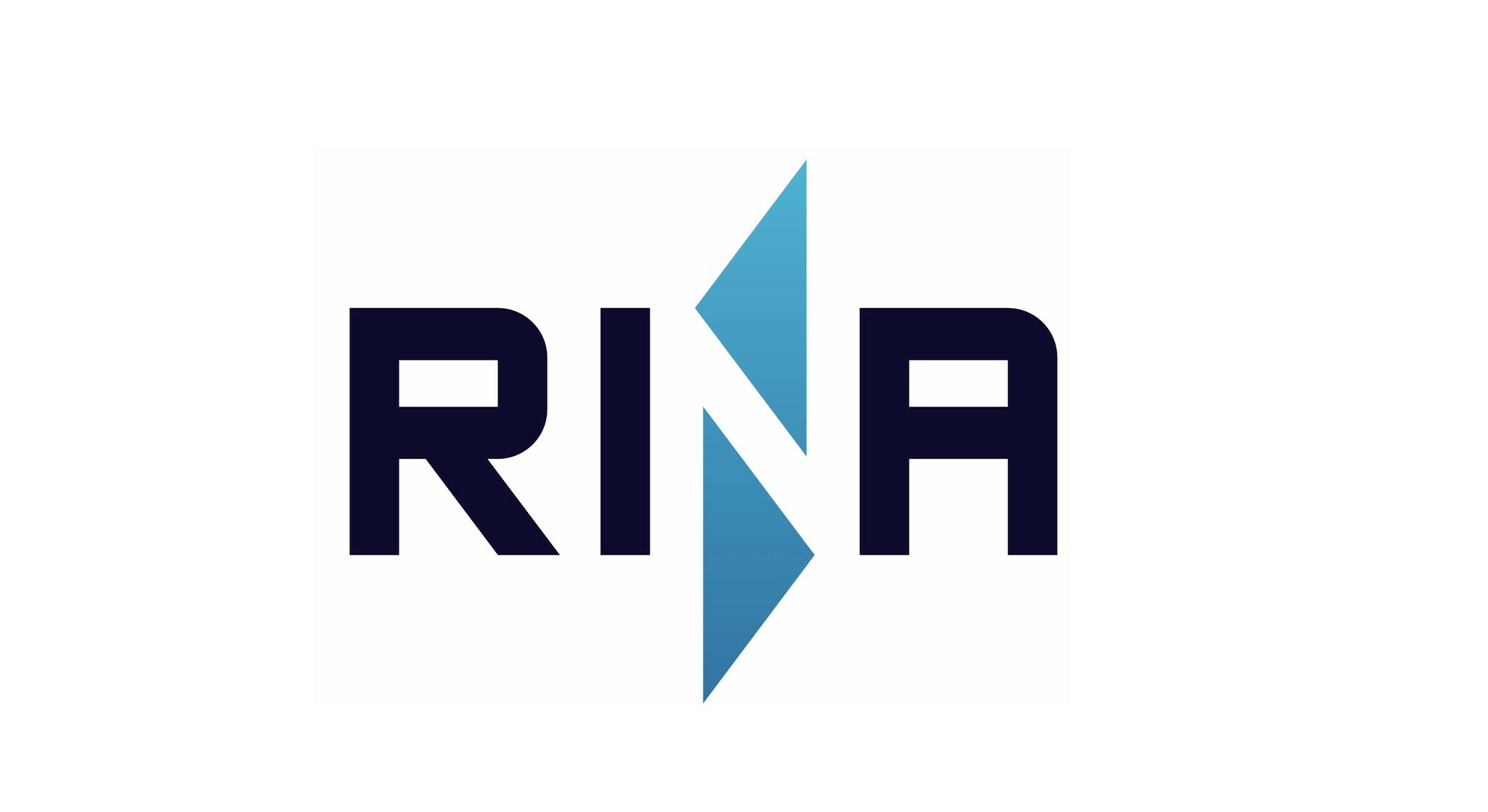
SWORN APPRAISAL ESTIMATE AUTOMOTIVE MASTERPIECES
October 7, 2024

We have changed our perspective! We enhance the automotive Cultural Asset.
Automotive Masterpieces Research Institute has developed and uses a range of eligibility categories that identify the rarity of a car; a structured and articulated appraisal system, whose research methodology, based on criteria of historicity and provenance, is sworn by RINA, a multinational certification company active in more than seventy countries, under regulation RC/C 155. It is the only certified historical research methodology for cars to date. One result obtainable from this historical research is the attribution of a value to the vehicle in question as a "cultural" asset.
It is now an established fact that vintage or collectible cars are assets, usually evaluated according to market rules, primarily based on values achieved in auctions or private sales. Therefore, as in any market sector, estimates are made, and as with any investment, there are greater or lesser risks to face. The innovation lies in evaluating automotive heritage from another perspective, the historical and cultural one: this is a worldwide revolution. Every vintage car can be defined as a heritage asset, of course, but it is a complex asset, requiring analysis and evaluation from many different angles.
The enhancement of each car's identity, promoted by the Cultural Asset sworn appraisal expressed by Automotive Masterpieces Research Institute, helps to better "objectify" the market, starting from the evidence expressed in the reconstructed history.
Specifically, the evaluation parameters begin with the car's original selling price in the currency of the country of manufacture. For unique cars, prototypes, and competition cars, comparison methods with similar vehicles or research on selling prices are used. The original amount is updated to the current currency according to the Istat (National institute of statistics) monetary revaluation coefficients. To this value, the enhancements given by the historical-cultural value are added.
In the Cultural Asset appraisal, the Eligibility Categories identify a quality that the specimen may have (and to what extent) or may not have. This system allows for the processing of a complex algorithm that takes into account the many factors expressed in the Categories, which are internally structured with a wide gradation of values. By assigning values from the scale to each category and factor, the calculation assigns a value to each category and factor. The consideration of these values along with the revalued selling price determines the value of the cultural asset under appraisal.
Sandro Binelli, founder and general coordinator of AUTOMOTIVE MASTERPIECES Srl, stated: "The goal is to enhance the identity of the classic car as a cultural asset, a product of human ingenuity, and an object 'carrying knowledge,' values, and meanings transmitted from one generation to the next. The historical interest is at the same time: technological, artistic, documentary. The classic car market, understood in its broadest sense, may have variable logics influenced by trends, subjective evaluations, and emerging contemporary phenomena, sometimes not anchored to objective references, such as those of historical significance."
Claudio Rava, Automotive Project Manager at RINA, declared: “As RINA, we aim to offer services that enhance our areas of expertise. In the automotive sector, this is made possible thanks to our collaboration with Automotive Masterpieces, which possesses the know-how and methodology to conduct accurate and verifiable historical research according to our required parameters. The Cultural Asset appraisal sworn by us is an important result of this collaboration, a groundbreaking innovation for the world of collectible cars.”